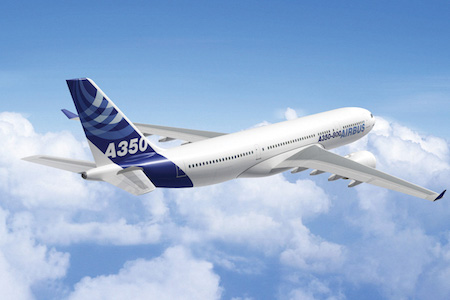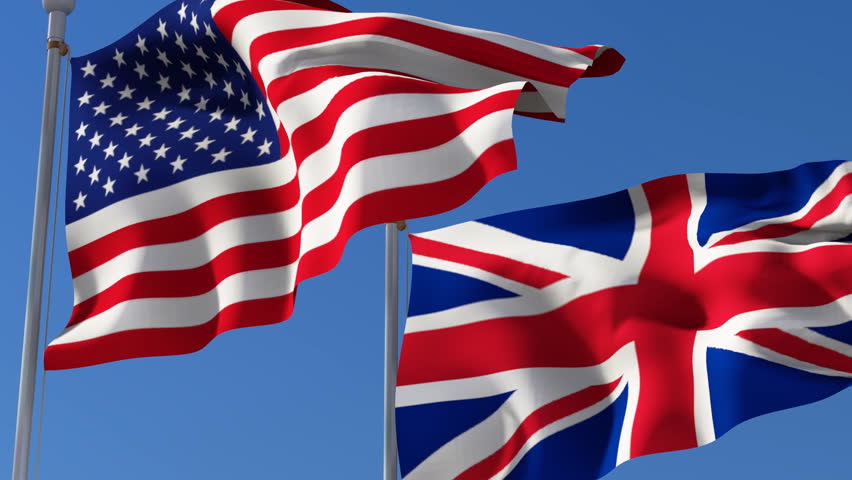
The next time you step on a plane from a UK airline – whether it is for a holiday or business trip – take a quick look around. By 2034, the view, experience, and destination you will be flying to could be remarkably different over the next 20 years.
ADS has today released its new report – “The Great British Take-Off” – which uses data from aviation consultancy Ascend, to forecast the growth of UK airlines and UK aviation. The report finds that not only will passenger numbers on UK airlines grow by 80% over the next 20 years, to 218m, but this demand will see UK airlines invest $75bn in new aircraft.
Both these growth in passenger numbers and the investment in new aircraft, are set to change the landscape of UK aviation…..
Where and How We Fly
Over the next 20 years, the UK airline share of the Rest of the World Market (that is flights to and from the UK to markets outside N. America and Europe) are set to grow at an annual growth rate of 5.5%. This means an increase of 27m passengers by 2034 – with regions such as the Middle East, Far East and Indian Sub-Continent set to drive such grow. Whilst growth in North America and Europe is still expected to increase by around 2-2.5% per year – it is markets outside of this which will grow the fastest. This means UK passengers are set to have more choice, availability and flexibility to travel on UK airlines to new destinations.
In Europe, the UK’s largest market, passengers travelling on UK airlines will hit 121.5m in 2034 – a rise of over 60% from 2014 levels. This will see a much higher load factor increase to 88%, and will see large UK carriers offering aircraft with greater seating capacity, and potential new routes across Europe.
A key aspect to improving flight connections is utilisation – making sure that aircraft are checked, fuelled and cleaned in the most efficient way before the next flight, so they can operate in the air as much as possible. With UK airlines flying to more destinations, the UK airline single aisle fleet is set to work harder than ever before – with a 0.5% growth in utilisation per year, growing to 3,600 hours a year, 13 hours per day. This means UK airlines are set to be 20% more productive than today’s levels – a significant benefit to passengers seeking more routes, more availability and lower ticket prices.
On Board Changes
Investment in new aircraft means new technology, but it also means more flexibility. Ascend’s data suggests an 11% growth in the seating capacity of single aisle aircraft in UK airline fleet – allowing UK airlines to offer more seat availability for passengers looking to travel to leisure or business short haul destinations. However, far from squeezing more seats in, this growth is reflected in the growing trend to purchase bigger aircraft, as well as improvements in seat design and manufacture.
Seats will be lighter, thinner and more interactive than ever before – helping not only to improve the operating cost of UK airlines with weight saving technology, but also enhance the passenger experience. Flexible seating in the future will be able to feature ‘plug in and play’ capabilities for people to use their personal electronic devices, as well as streaming of In-flight entertainment (IFE) to tablets and mobiles.
Alongside IFE, new aircraft technology will see improvements made in Wi-Fi availability. Despite regulatory and cost hurdles to overcome, over the next 20 years, further innovation is set to help remove some of these barriers to bring greater connectivity to UK passengers – whether travelling short haul or long haul.
Improvements in technology will also be driven by the UK’s Aerospace industry – with ground breaking innovations in composite wings, engine technology, in-flight entertainment, advanced materials and seats will help to grow and improve the offer of UK aviation:
- Inmarsat are hoping to roll out further their GX Aviation system, helping to deliver broadband speeds 100x faster than previous applications.
- The Rolls-Royce Trent XWB, design and manufactured in Derby, is the most fuel efficient engine flying today. It will offer a 25% lower fuel burn per seat compared to the engines it will be replacing, and weight savings of 15%.
- Airbus and Bombardier are world leaders in the design, development and manufacture of composite wing technology – helping to reduce weight and improve performance.
- Supply chain programmes such as NATEP are helping to fund projects such as ‘Featherlite’ – seeking to reduce the current barriers to sourcing lightweight magnesium alloys in aircraft seating, providing greater weight savings in future aircraft cabins.
Such new technology, and passenger demand underpinning growth, will see a step change in UK aviation over the next 20 years – a true ‘Great British Take Off’.





